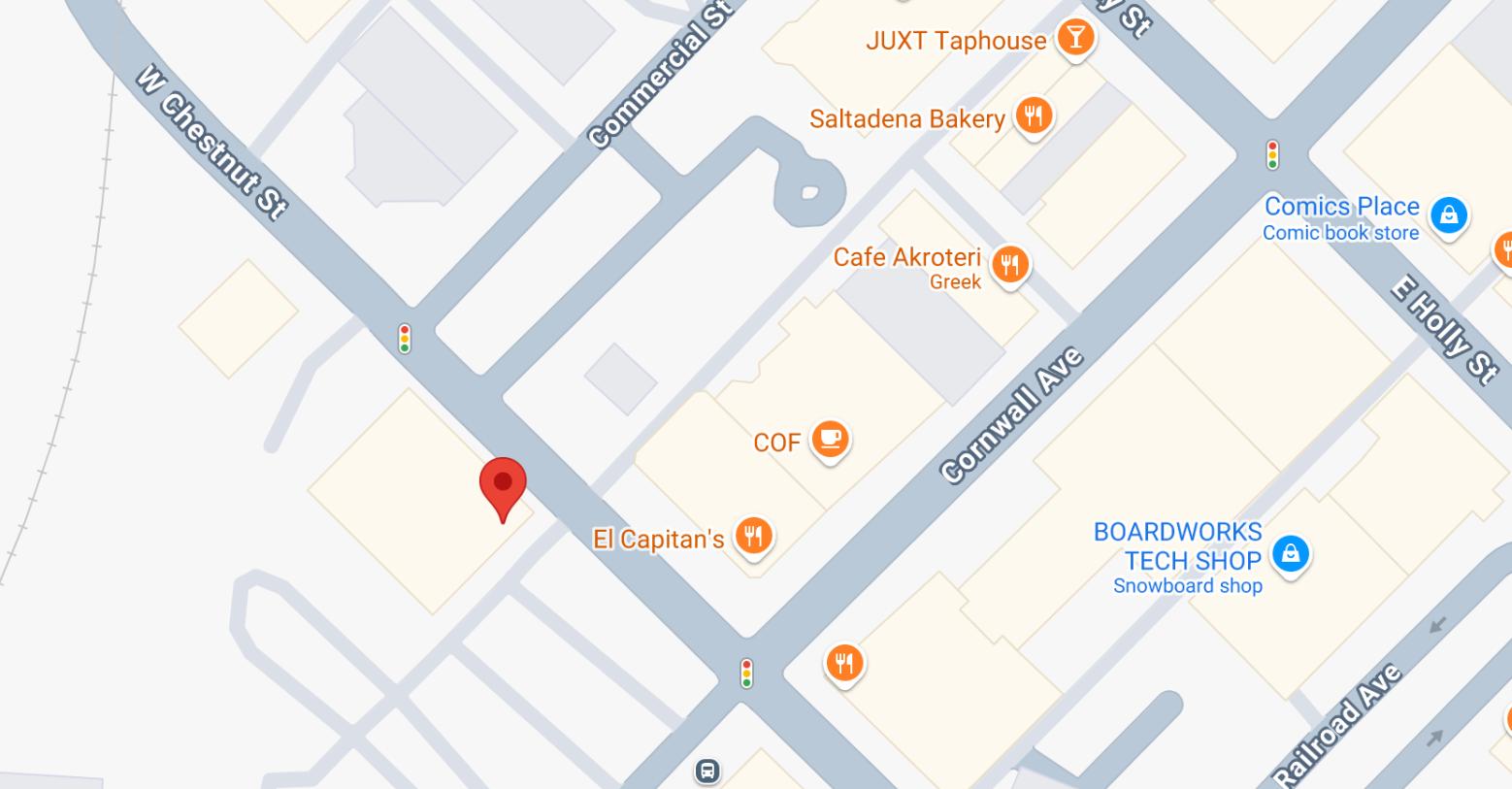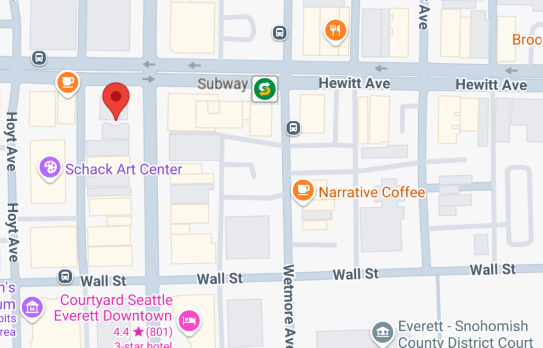Chapter 13 provides flexibility
While Chapter 7 is a liquidation and a fresh start, Chapter 13 bankruptcy is rooted in restructuring and rehabilitation of the debtor. Chapter 13 allows for a debtor to keep all of their assets if they prefer, in return for a lengthier bankruptcy process that involves the negotiation of a payment plan and a payment period of three to five years. These payments are generally much less than they would have been without bankruptcy, and most of the remaining debts are discharged when the debtor has successfully completed the payment period.
Debtors use this Chapter for a number of reasons, but primarily because they have income that is well above average and they can therefore afford a reasonable payment over the course of the payment period. Most Chapter 13 users would have a hard time qualifying for Chapter 7 because of their income and other factors. However, some debtors that may have used Chapter 7 instead opt for Chapter 13 because they wanted to make sure they could keep all of their property.
Another reason that people use Chapter 13 is that they have already used Chapter 7 in the past, and not enough time has passed to allow for the use of Chapter 7 again.
Payment Plan
At the core of Chapter 13 is the plan that the debtor and her attorney must craft, propose to the creditors and the trustee. Then the plan must be approved, or “confirmed.” As long as the plan meets certain criteria, the plan should receive confirmation.
Once the plan is confirmed, the debtor will begin making payments on a monthly basis to the trustee for the specified period of time, either 3 years or 5 years. Barring any difficulties along the way, the remaining debts at the end of the period will be discharged. Therefore, under a Chapter 13 bankruptcy, the debtor will have involvement with the bankruptcy system for an extended period of time.



